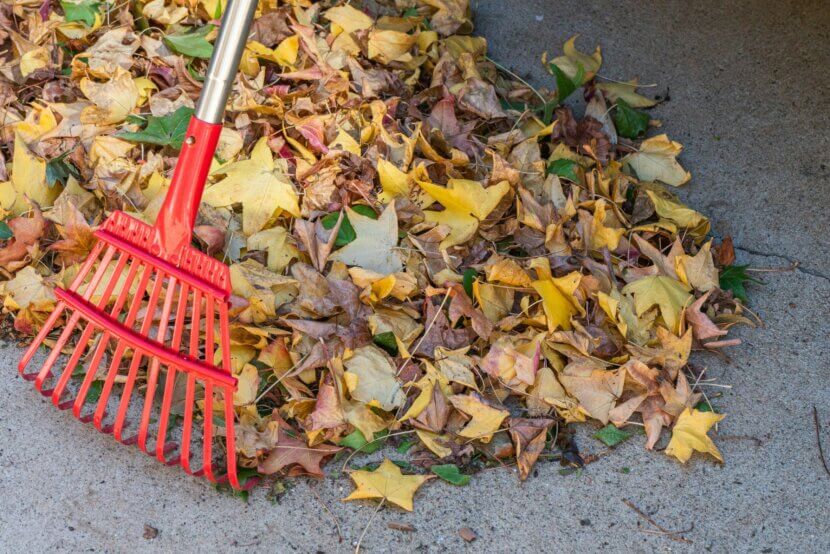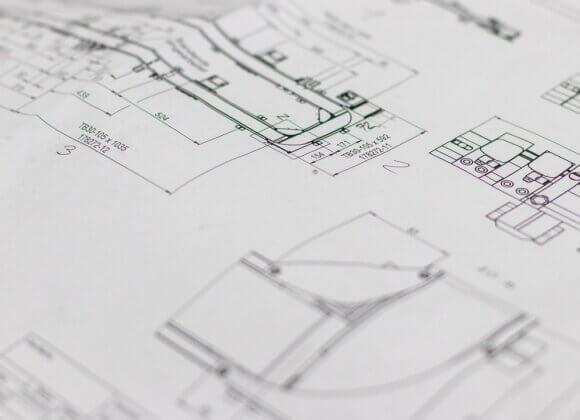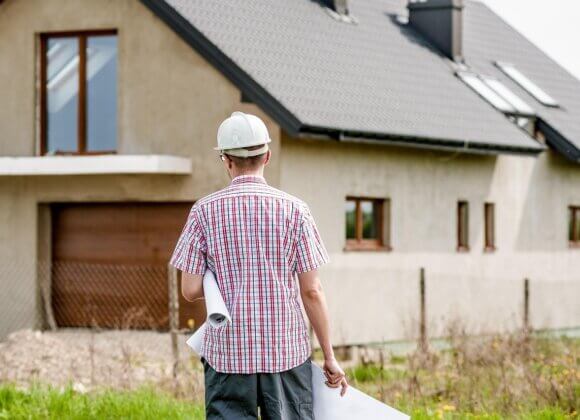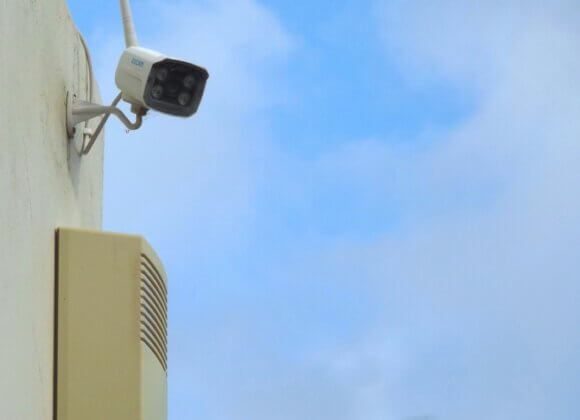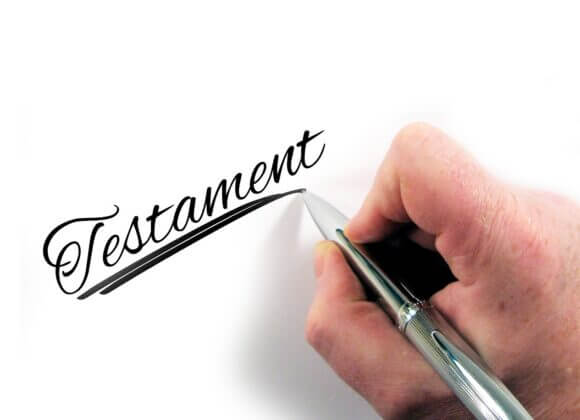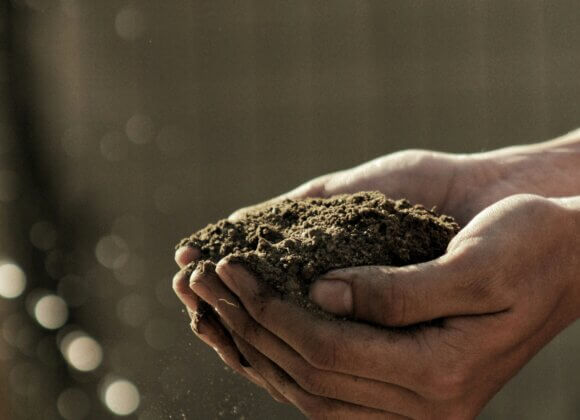Damp leaves and dirt can cause pedestrians to skid. Sidewalks and footpaths should therefore be cleared of both.
Colorful leaves falling from the trees like confetti – autumn has a very special charm. But like so many things, there is a downside: Wet leaves are slippery and can therefore pose a risk to pedestrians under certain circumstances. What’s more, the colorful covering can also make one or two tripping hazards invisible to pedestrians or cyclists.
Safe walking must be possible
For homeowners, autumn may therefore mean work or costs: they must ensure that both are safe to walk on. This means that wet, slippery leaves must be removed from sidewalks, footpaths and stairways that run alongside their property.
The path from the garden to the front door should also be safe to walk on, especially if it is also used by strangers, such as newspaper deliverers.
In residential complexes, the paths to the garbage bins in the courtyard and the connecting paths between the stairs must also be cleared of leaves, if present. The same applies to heavy soiling caused by construction work in the house or garden, for example, and to snow. These areas must also be gritted in the event of slippery snow or ice.
When must the sidewalk be cleaned and gritted?
In principle, sidewalks and the like must be cleared of leaves, dirt and snow between 6 a.m. and 10 p.m. and gritted if necessary. However, this does not always apply to the entire area: In Vienna, for example, only two thirds of these areas need to be cleaned, cleared or gritted. The rest serves as an area for depositing snow. This is because neither leaves nor snow, dirt or grit should be carried onto the road, neighboring green spaces or possibly passing cycle paths.
And what about narrow or non-existent sidewalks?
If the sidewalk is less than 1.5 meters wide, it must be completely cleaned or cleared. If there is not (yet) a sidewalk in front of the house, the road must be cleared of leaves and the like to a width of one meter along the front of the house and gritted if it is icy.
Does this regulation apply everywhere?
The duty to clear and grit applies everywhere, but it is not regulated in the same way everywhere. This is because municipalities can restrict or specify these so-called “residents’ obligations” by ordinance. This applies, for example, to the use or prohibition of certain gritting materials.
What happens if you don’t clear the sidewalk?
If an owner fails to comply with their obligations, they face an administrative fine of 72 euros in accordance with the Road Traffic Act. Violations of the applicable winter road clearance regulations are also administrative offenses. However, if a passer-by slips on wet leaves, dirt or snow and ice and injures themselves, this can be much more expensive for the homeowner.
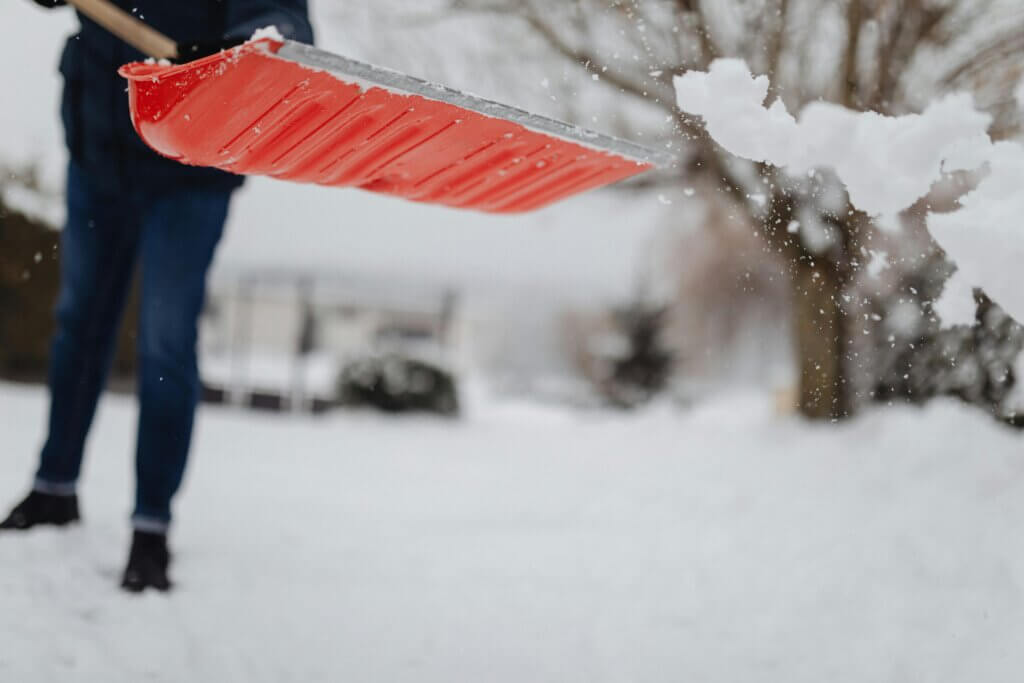
Do you have to remove leaves and snow yourself?
Not necessarily. In the case of construction work, the party responsible is generally obliged to remove any soiling. The obligation for winter maintenance, and therefore liability, can also be transferred to third parties. Careful selection is particularly important in this case: if the selected service provider is unable to carry out the winter service properly, the owner or the property management company may be at fault for the selection, organization or supervision.
Related posts:


